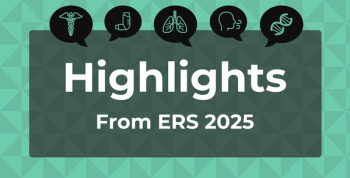
Prophylactic Breast Surgery on the Rise in Men With Breast Cancer
Men are opting for preventive breast surgery when diagnosed with unilateral invasive disease, a study published in JAMA Surgery has found.
Contralateral prophylactic mastectomy (CPM) is a procedure that women may choose to opt for when they undergo mastectomy to remove the breast that harbors the tumor. CPM is a preventive procedure to remove the unaffected breast. While the rates of CPM have seen a significant increase in recent years among women with unilateral invasive breast cancer (2.2% in 1998 to 11% in 2011), a study now published in
The authors examined temporal trends and factors associated with CPM in the North American Association of Central Cancer Registries among 6332 men diagnosed with unilateral invasive breast cancer who had surgery between 2004 and 2011. The analysis found that rates of CPM nearly doubled during that time period: 3% in 2004 and 5.6% in 2011. Sociodemographic factors that significantly influenced CPM decisions in women—younger age, primarily white, and private insurance—were mirrored in the men included in this study. Highest CPM rates were found in the 20- to 39-year olds, followed by those between 40 to 49 years of age. Medicare enrollees also opted for this procedure, following those on private insurance, the data showed. Disease stage did not seem to influence decisions. However, lack of information on genetic testing, family history, magnetic resonance imaging, or fear of contralateral breast cancer, prevented the authors from drawing conclusions on their influence on CPM decisions. These factors have been shown to be linked with CPM decisions in women.
Ahmedin Jemal, DVM, PhD, senior author on the study and vice president of surveillance and health services research at the American Cancer Society
Newsletter
Stay ahead of policy, cost, and value—subscribe to AJMC for expert insights at the intersection of clinical care and health economics.













































